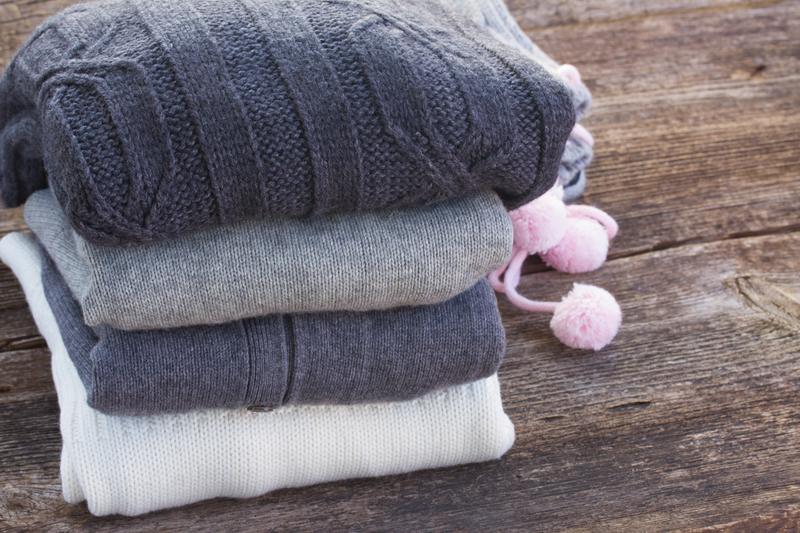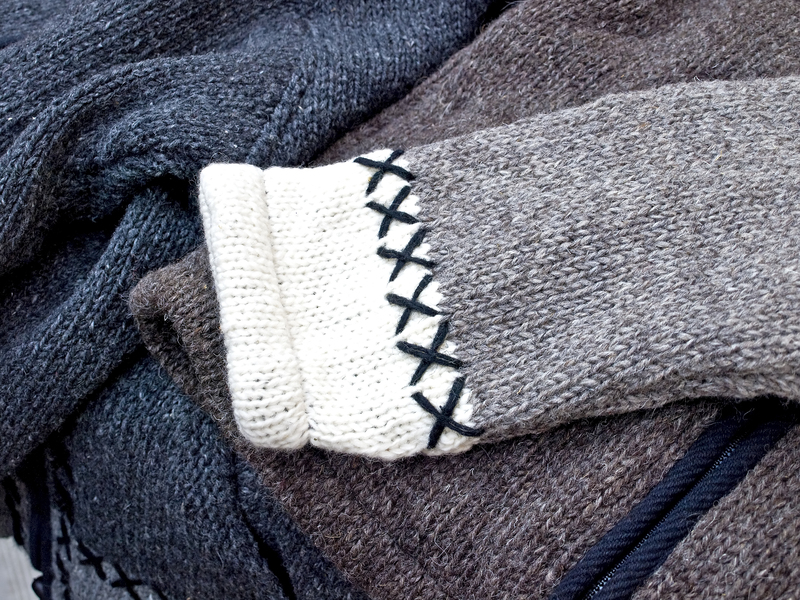Reducing Waste by Properly Disposing of Pots and Pans
The global movement towards sustainability begins at home, especially in the kitchen. Properly disposing of old pots and pans is a crucial, often overlooked way to reduce waste and help protect our environment. Instead of tossing your battered cookware into the trash, there are numerous eco-friendly alternatives that not only extend the life of these everyday items but also contribute to a circular economy. In this comprehensive guide, we delve into how to reduce waste by disposing of pots and pans responsibly and explore recycling, repurposing, donating, and other sustainable solutions.

Why Should We Care About Cookware Disposal?
Every year, millions of pots and pans are discarded, adding to the growing problem of landfill waste. Many are made from metals such as aluminum, stainless steel, or cast iron, along with plastic or nonstick coatings, which can leach chemicals into the earth if not disposed of correctly. By disposing of kitchenware responsibly, we reduce environmental pollution, conserve valuable resources, and foster a more sustainable lifestyle.
Environmental Impact of Improper Disposal
- Landfill overflow: Pots and pans that end up in landfills take decades or even centuries to degrade.
- Harmful chemicals: Nonstick coatings and certain metals may leach toxins into soil and water sources.
- Wasted resources: Many pots and pans are made from recyclable materials like metal, which can be reused to conserve resources.
Understanding What Pots and Pans Are Made Of
To ensure we properly dispose of old cookware, it's essential to understand the materials they are made from. This insight determines if pots and pans are recyclable, reusable, or require special handling.
Common Materials Used in Pots and Pans
- Cast Iron: Extremely durable, recyclable, and often suitable for restoration or resale.
- Stainless Steel: Resistant to rust and corrosion; highly recyclable.
- Aluminum: Lightweight and widely accepted at recycling centers.
- Copper: Valuable as scrap metal and sought after by collectors and recyclers alike.
- Nonstick Coated: Can be challenging; older nonstick coatings, like Teflon, require careful handling.
- Enamel-coated: May need to be taken to special recycling or disposal facilities.
- Plastic Handles or Glass Lids: Usually separated before recycling the metal components.
Eco-Friendly Options for Disposing of Old Pots and Pans
When your frying pan has lost its nonstick surface or your saucepan is too warped to use, don't just toss them out. Consider these eco-conscious alternatives to reduce cookware waste:
1. Recycling Pots and Pans
Recycling old pans is one of the best ways to divert waste from landfills. Most metal cookware is recyclable, but processes can differ based on your local recycling facility's capabilities.
- Checking Local Guidelines: Contact your municipal recycling center or waste management company to learn their requirements. Some accept metal cookware at curbside pickups, while others may direct you to a scrap metal yard.
- Preparing for Recycling: Remove any non-metal parts (plastic handles, glass lids, silicone attachments) before recycling. Wash the cookware to remove grease or food residue.
- Scrap Metal Yards: If local recycling does not accept pots and pans, scrap metal facilities will usually take them--even items with minor coatings or non-removable handles.
- Special Programs: Certain brands have recycling take-back programs. Companies like TerraCycle are known for accepting hard-to-recycle kitchenware.
2. Donating Usable Pots and Pans
Donating cookware is a thoughtful way to reduce household waste. If items are still functional (no severe warping, pitting, or chipping), consider giving them a second life.
- Charity Shops and Thrift Stores: Nonprofit organizations, such as Goodwill or The Salvation Army, often accept gently used kitchenware.
- Domestic Violence Shelters: Many shelters gratefully receive kitchen supplies for families in need.
- College Students or New Homeowners: Advertise free or low-cost kitchen items on local message boards or social media platforms.
- Cultural or Community Groups: Community centers, food banks, or refugee support organizations may be in need of cookware donations.
3. Repurposing and Upcycling Old Pots and Pans
Creative upcycling projects can give your cookware a second life outside the kitchen, helping to reduce cookware disposal waste and brighten your home or garden.
- Garden planters: Drill a few holes in the base and fill with soil for a quirky flowerpot.
- Storage solutions: Use large pots for organizing tools, craft material, or as holders for utensils in your workspace.
- Wall art: Paint and hang unique pans as decorative pieces for a rustic kitchen or outdoor area.
- Birdbaths or Feeders: Place shallow, cleaned pans in your yard to provide water or seed for birds.
- Candle Holders: Old muffin tins or mini pans can be repurposed into charming candle displays.
4. Restoring or Seasoning
Not all old cookware needs to be discarded! Refurbishing cast iron skillets, stainless steel pots, and even certain nonstick pans is often possible.
- Cast Iron: Strip, reseason, and restore with some oil and elbow grease. Vintage cast iron is popular and highly valued.
- Stainless Steel: Polish surface scratches or stains with baking soda or specialized cleaners.
- Nonstick: Minor scratches may be tolerable, but if the coating is flaking, consider proper disposal instead.
Special Considerations for Nonstick Pans
Disposing of nonstick or Teflon cookware can be tricky due to chemical coatings. Nonstick pans should never be placed directly into your regular recycling bin unless permitted by your local program.
- Check Local Rules: Some recycling centers and scrap yards can accept nonstick pans if the handles are removed and the pan is clean.
- Brand Take-Back Programs: Some companies, like Calphalon, offer mail-in recycling for their nonstick cookware.
- Never Incinerate: Burning nonstick cookware releases toxic fumes.
- Landfill as Last Resort: If no recycling options exist, wrap the pan well before placing in the trash to prevent chemical leaching.
How to Find the Right Disposal Option for Your Area
Because recycling and disposal options vary by location, researching local guidelines is key to reducing waste by disposing of pots and pans efficiently.
Where to Start
- City or County Websites: Most municipalities publish clear instructions on their official websites.
- Recycling Centers: Call or check online for materials accepted, including scrap metals and cookware.
- Special Collection Events: Many local governments host occasional collections for hard-to-recycle items, including kitchenware.
- Ask Retailers: Some stores and manufacturers provide recycling or trade-in programs for used cookware.
Sustainable Shopping: How to Choose Long-Lasting Cookware
Preventing waste begins with smart purchasing decisions. Invest in durable, high-quality pots and pans designed for long-term use--preferably those with easy-to-repair or replaceable parts.
- Favor Metal: Stainless steel, cast iron, and copper cookware can last generations and are almost always recyclable.
- Replaceable Parts: Choose pans with removable handles or lids for easier recycling.
- Ask About Take-Back: Some brands offer lifetime warranties or take-back programs for recycling old products.
- Research Coatings: Look for pans with eco-friendly or ceramic coatings instead of chemical-laden nonstick surfaces.
Tips for Extending the Life of Pots and Pans
The best way to reduce waste from kitchenware disposal is to prolong the lifespan of what you already own. Here are some ways to keep your cookware in use for as long as possible:
- Proper Cleaning: Avoid metal scrubbers or abrasive cleaners on nonstick or enamel surfaces.
- Use Appropriate Utensils: Wood, silicone, or nylon tools prevent scratching and surface damage.
- Storage: Stack gently or hang cookware to prevent dents and chips.
- Regular Maintenance: Season cast iron and polish stainless steel regularly.
- Follow Manufacturer's Instructions: Always check care guidelines to maximize the lifespan of your pots and pans.

FAQ: Common Questions About Reducing Cookware Waste
-
Can I put pots and pans in my curbside recycling?
In most areas, you cannot place cookware directly in your curbside recycling. Check with your local provider or visit a scrap metal recycling facility. -
What should I do with badly damaged or rusted pans?
Severely rusted or broken pans are usually accepted as scrap metal. Remove any non-metal parts first. -
Are glass lids recyclable?
Most glass lids are not accepted in regular recycling. Check with your local center for specialty recycling or dispose of them as instructed. -
How can I tell if my pans are recyclable?
Metal pans (cast iron, stainless steel, aluminum, copper) are generally recyclable. Coated, enamel, or pans with plastic may require special handling or be accepted only at certain facilities. -
Can nonstick cookware be recycled?
Some facilities can recycle nonstick pans if the coating is not Teflon-based or if the handle is removed. Otherwise, look for manufacturer recycling programs.
Conclusion: A Small Change with Big Impact
Reducing waste by properly disposing of pots and pans is an important step in building a greener, cleaner world. Every effort--whether you recycle, donate, upcycle, or repair--makes a difference in conserving resources and keeping harmful materials out of our landfills. By spreading awareness and practicing eco-friendly habits in our kitchens, we not only extend the life of everyday items but also take responsibility for our environmental footprint.
Next time you upgrade your cookware, remember this guide and choose the most sustainable path for your old pots and pans. Together, our collective action can lead to a more sustainable future--one kitchen at a time.